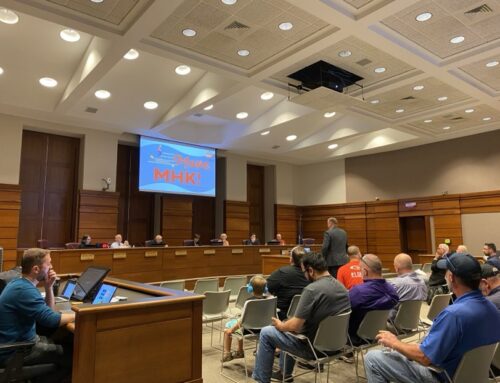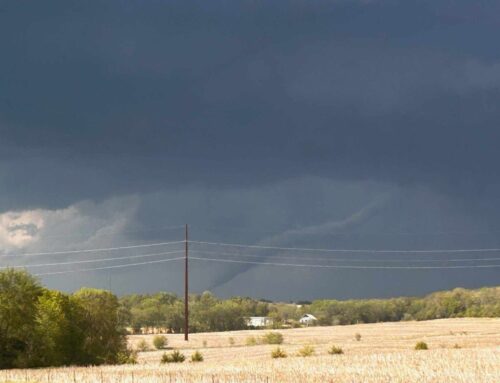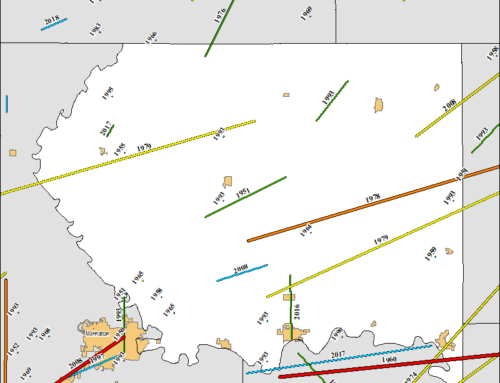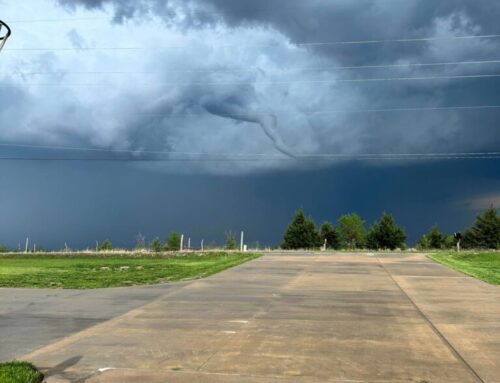
Dr. John Mather, Nobel Laureate in Physics and Senior Project Scientist for NASA’s James Webb Space Telescope (JWST), gave a presentation to Kansas State University students on Tuesday.
Dr. Mather discussed the historical background of telescopes and cosmology, and the work of JWST in studying distant objects to explore the origins of the universe. Mather explained that the farther away the object being studied is, the farther “back in time” scientists travel thanks to physics and the monumental distances between the deep-space points of study and the telescopes studying them.
JWST has also recently been used to study exoplanets, planets that orbit stars outside of our own solar system, to determine their composition.
“Now we can know how hot is the planet, how big is the planet, and what it is like to be there on the planet,” said Mather.
JWST was also instrumental in studying a new experiment where objects are fired at asteroids in an attempt to redirect them. The project is called Double Asteroid Redirection Test (DART). Dr. Mather emphasized the importance of this experiment to the general public.
“We do this because we need to know how to protect the earth from nearby asteroids… We do need to protect ourselves, it’s a significant risk.”
Dr. Mather concluded his presentation with a Q&A session, encouraging spectators to explore their ideas.
“If somebody says something could never happen, ask somebody else,” he said.
The lecture was open to the public and included Kansas State faculty and students, and high school students from Manhattan and Topeka.
The post Nobel Laureate gives presentation on James Webb Space Telescope appeared first on News Radio KMAN.







